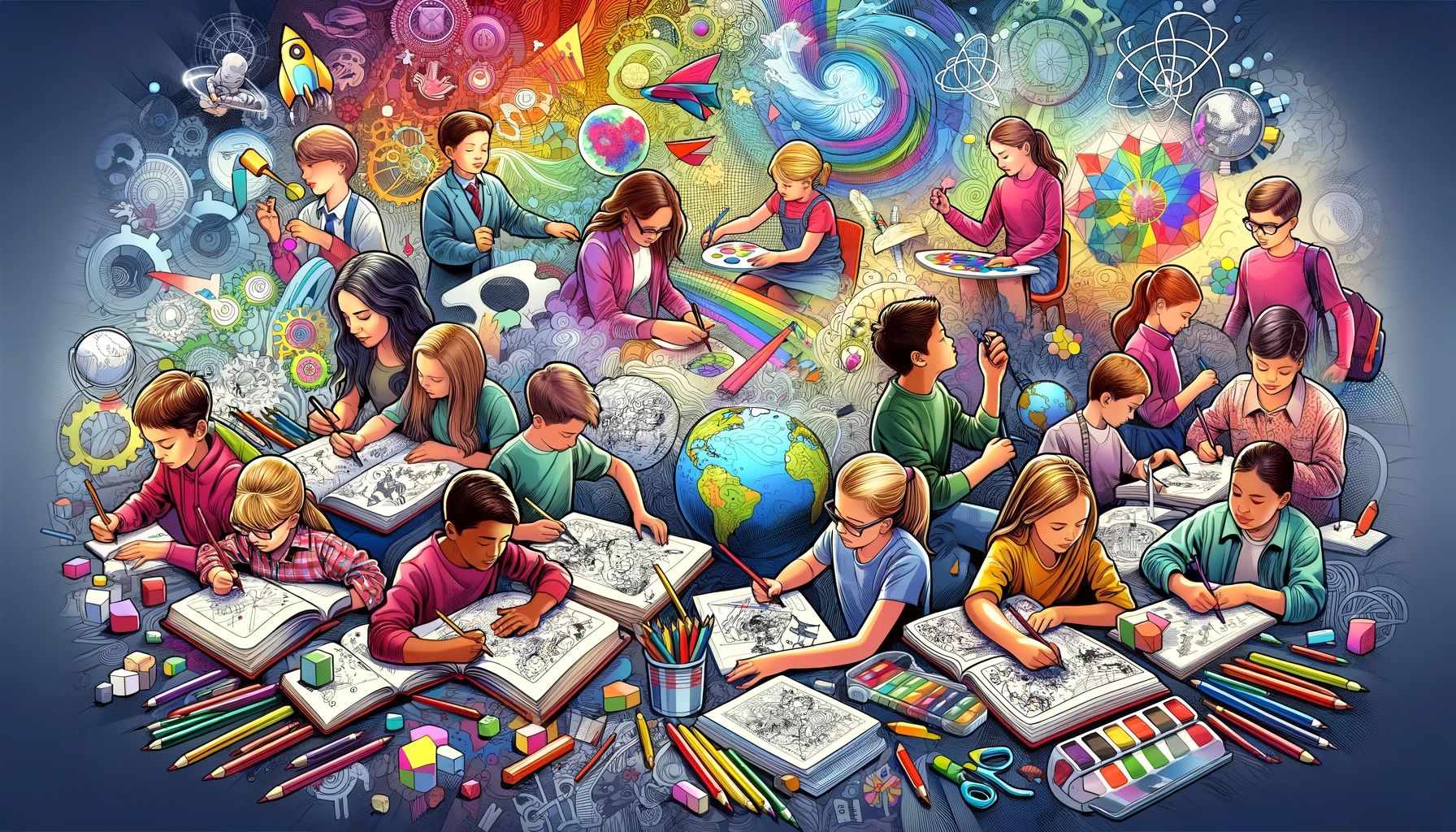In the panorama of educational strategies, visual learning stands out for its ability to enhance comprehension, memory, and critical thinking through images and visual aids. Coloring activities, often perceived as simple pastimes for children, play a pivotal role in this learning approach.
This article delves into the significance of coloring in fostering visual learning, highlighting its benefits in reinforcing memory, improving concentration, and sparking creativity.
The Basics of Visual Learning
Visual learning is a teaching and learning style in which ideas, concepts, data, and other information are associated with images and techniques. It is based on the premise that we can better remember information presented to us in a visual format.
Coloring activities, with their inherent reliance on colors, shapes, and patterns, naturally align with this learning style, making them powerful educational tools.
Enhancing Memory Through Coloring
Coloring activities can significantly boost memory retention in learners of all ages. By engaging with content hands-on and visually, students can create mental associations between the material and the colors or designs they use.
For instance, coloring maps in geography can help children remember the locations and names of countries or states. At the same time, coloring diagrams in science can help children recall the parts of a plant or the human body.
Improving Focus and Concentration
The act of coloring requires attention to detail, fostering concentration and mindfulness. This focused state of mind benefits visual learners, who may find absorbing and retaining information easier when actively involved in a visual task.
Furthermore, coloring’s meditative qualities can reduce anxiety and create a better learning environment, allowing for increased cognitive engagement with educational content.
Sparking Creativity and Innovation
Coloring activities do more than reinforce existing knowledge; they also encourage creative thinking and innovation. By providing a visual and tactile outlet for expression, coloring can inspire learners to think outside the box and explore concepts in new, imaginative ways.
This creative exploration is essential in developing critical thinking skills, a cornerstone of successful learning and problem-solving.
Tips for Incorporating Coloring into Learning
- Use coloring as a supplementary tool: Integrate coloring activities into lessons to reinforce learning objectives visually.
- Encourage exploration: Allow learners to choose their colors and styles, fostering a sense of ownership and personal connection to the material.
- Combine with other visual aids: Pair coloring activities with charts, graphs, and videos to cater to different aspects of visual learning.
- Create a positive learning environment: Make coloring a stress-free, enjoyable activity that learners look forward to, enhancing their overall engagement with the subject matter.
Coloring activities offer more than just artistic enjoyment; they are vital components of the visual learning process. By facilitating memory retention, improving concentration, and encouraging creativity, coloring can significantly enhance the educational experience.
As we continue to understand the full spectrum of learning styles, integrating coloring into educational strategies remains a colorful key to unlocking potential in learners of all ages.
Source: ESLE



